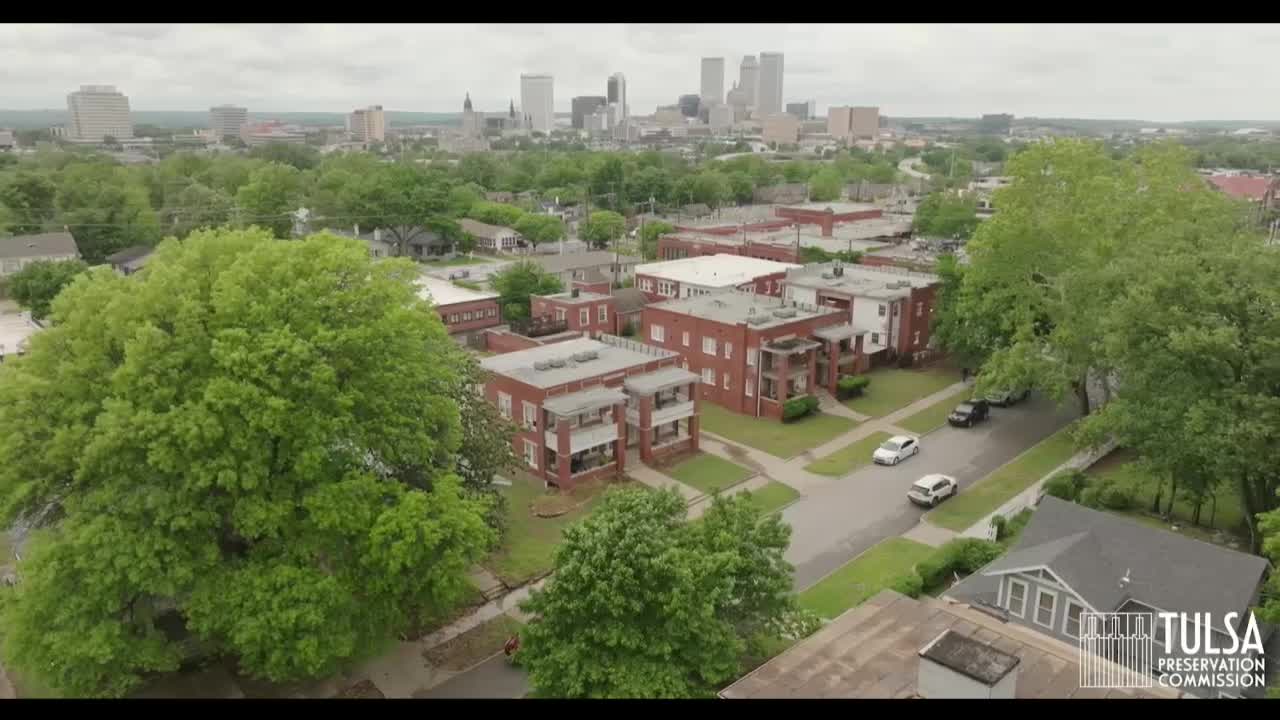Swan Lake Historic District Showcases Tulsa's Architectural Heritage and Early 20th Century Homes
August 11, 2025 | Tulsa, Tulsa County, Oklahoma
This article was created by AI summarizing key points discussed. AI makes mistakes, so for full details and context, please refer to the video of the full meeting. Please report any errors so we can fix them. Report an error »

In the heart of Tulsa, a hidden gem awaits discovery: the Swan Lake Historic District. This charming neighborhood, located just east of downtown, offers a serene escape with its early twentieth-century homes and elegant apartment buildings, all centered around a tranquil pond that lends the area its name. Once a bustling streetcar suburb, Swan Lake became a refuge for Tulsa's growing middle and upper-middle class, providing a peaceful retreat from the city's hustle and bustle.
At the core of this picturesque district lies Swan Lake itself, a manmade pond that was once the centerpiece of a lively amusement park in the early 1900s. Families flocked to this popular weekend destination during the oil boom, enjoying boat rides, a dance pavilion, and even a small zoo. While the amusements have faded into history, the lake remains a serene reminder of a bygone era.
As Tulsa expanded, the demand for multiunit housing surged. In 1918, Samuel Augustus Orcutt answered this need by constructing the first apartment building in what would become the Swan Lake Historic District. His vision laid the groundwork for a neighborhood that would flourish, resulting in more apartment buildings from Tulsa's boom era than any other area in the city.
Among the architectural highlights is 1583 Swan Drive, the first home built along the lake, completed in 1919. This stately Italian Renaissance residence, designed by Kansas City architect Noble B. Fleming, was commissioned by JM Haynor, president of the Monarch Royalty Company. Haynor's early settlement on the lake helped establish a neighborhood that beautifully blended natural beauty with architectural elegance.
Swan Lake showcases a variety of architectural styles, from craftsman bungalows to classical and Tudor revivals, each street reflecting the aspirations of Tulsa's early 1900s. As the city continues to grow, the Swan Lake Historic District stands as a testament to its rich history, inviting residents and visitors alike to explore the stories woven into its landscape.
At the core of this picturesque district lies Swan Lake itself, a manmade pond that was once the centerpiece of a lively amusement park in the early 1900s. Families flocked to this popular weekend destination during the oil boom, enjoying boat rides, a dance pavilion, and even a small zoo. While the amusements have faded into history, the lake remains a serene reminder of a bygone era.
As Tulsa expanded, the demand for multiunit housing surged. In 1918, Samuel Augustus Orcutt answered this need by constructing the first apartment building in what would become the Swan Lake Historic District. His vision laid the groundwork for a neighborhood that would flourish, resulting in more apartment buildings from Tulsa's boom era than any other area in the city.
Among the architectural highlights is 1583 Swan Drive, the first home built along the lake, completed in 1919. This stately Italian Renaissance residence, designed by Kansas City architect Noble B. Fleming, was commissioned by JM Haynor, president of the Monarch Royalty Company. Haynor's early settlement on the lake helped establish a neighborhood that beautifully blended natural beauty with architectural elegance.
Swan Lake showcases a variety of architectural styles, from craftsman bungalows to classical and Tudor revivals, each street reflecting the aspirations of Tulsa's early 1900s. As the city continues to grow, the Swan Lake Historic District stands as a testament to its rich history, inviting residents and visitors alike to explore the stories woven into its landscape.
View full meeting
This article is based on a recent meeting—watch the full video and explore the complete transcript for deeper insights into the discussion.
View full meeting
